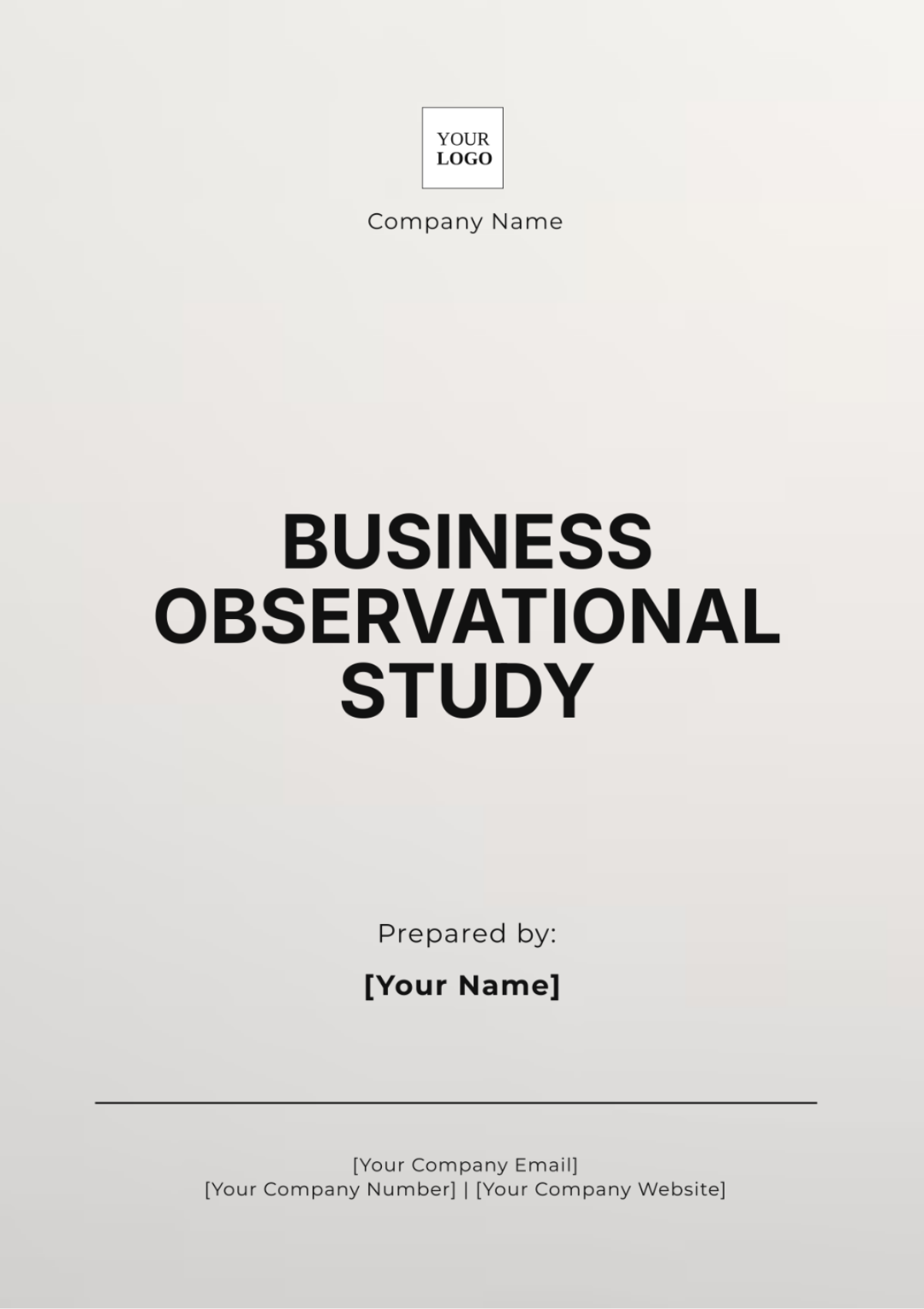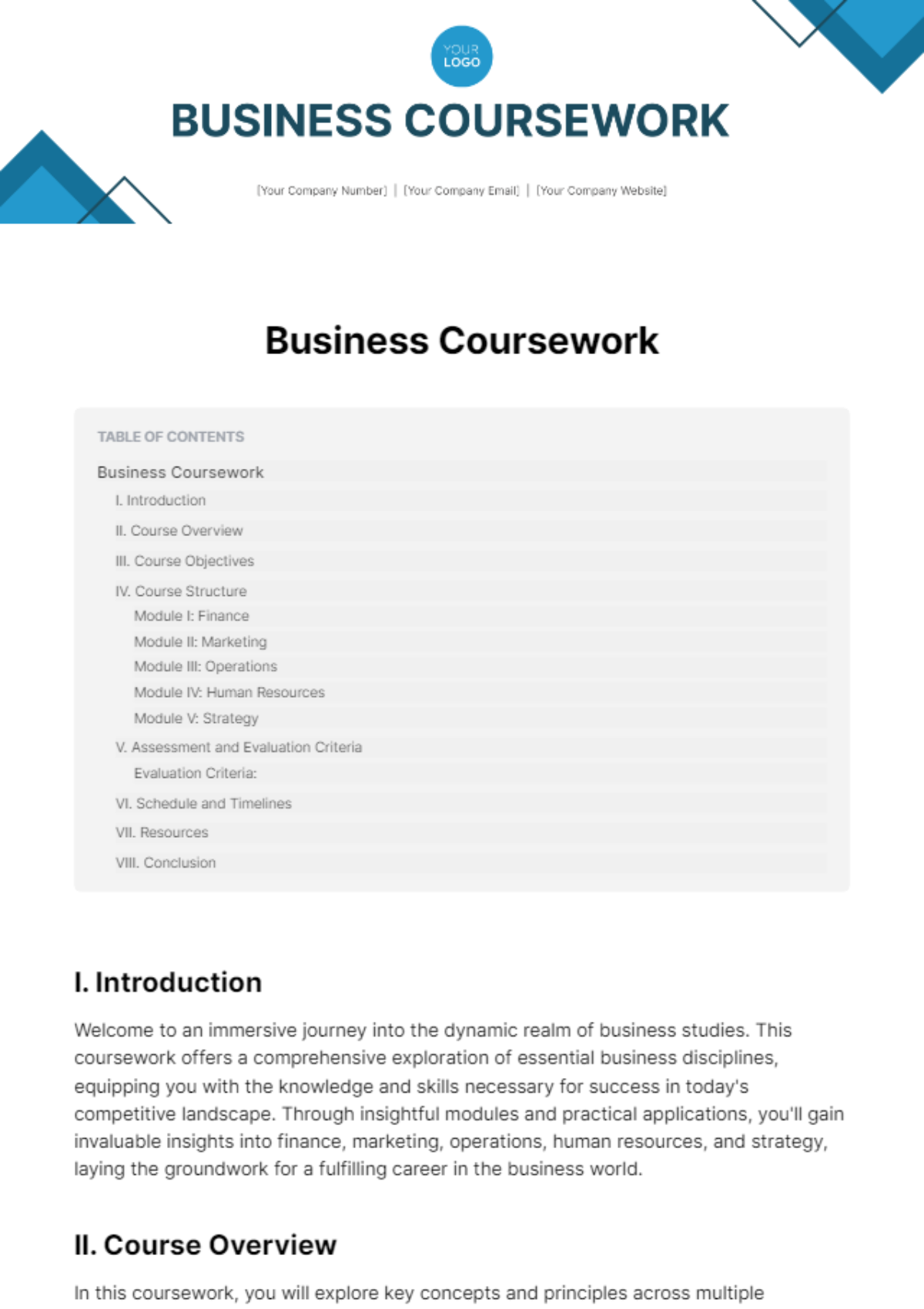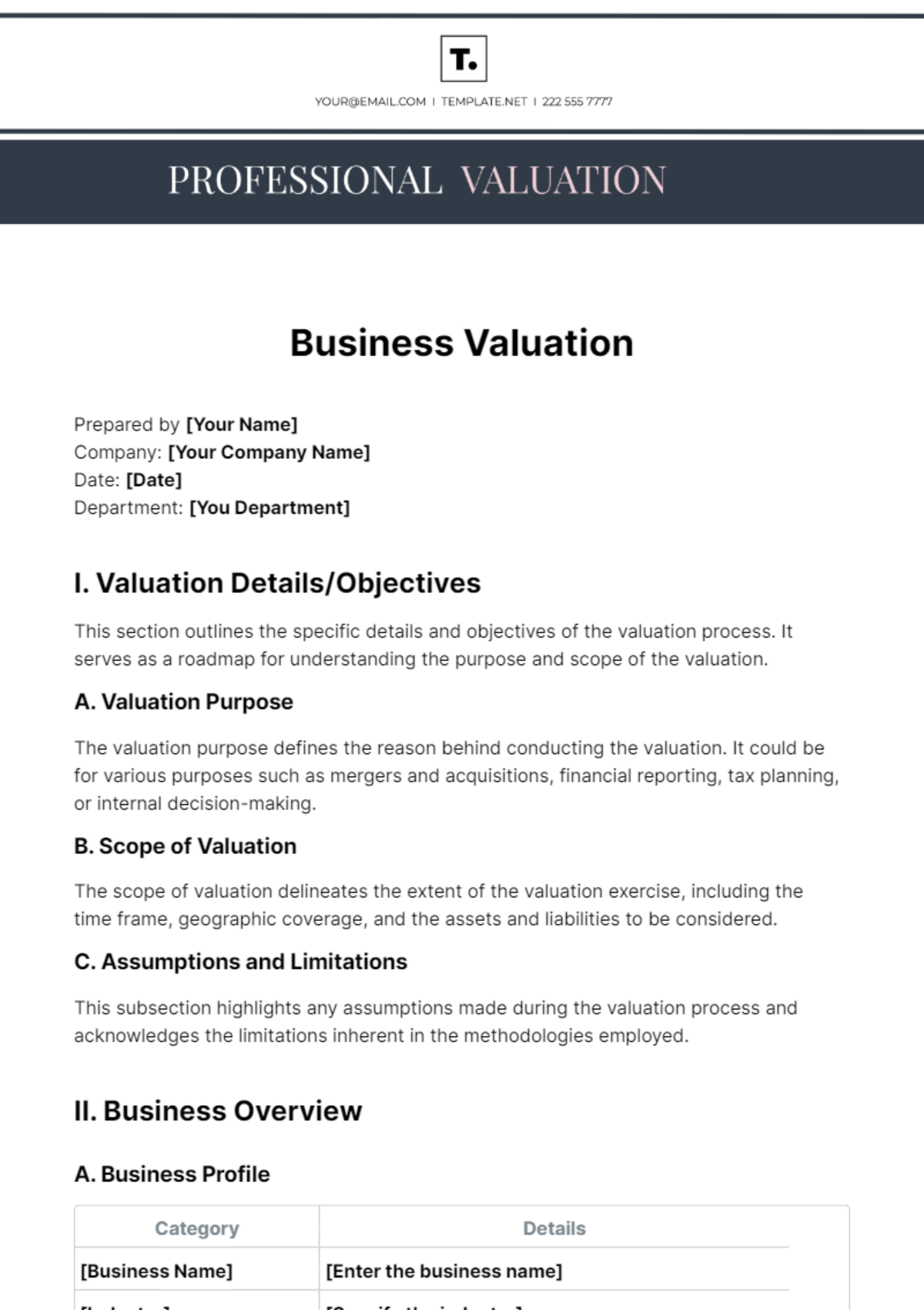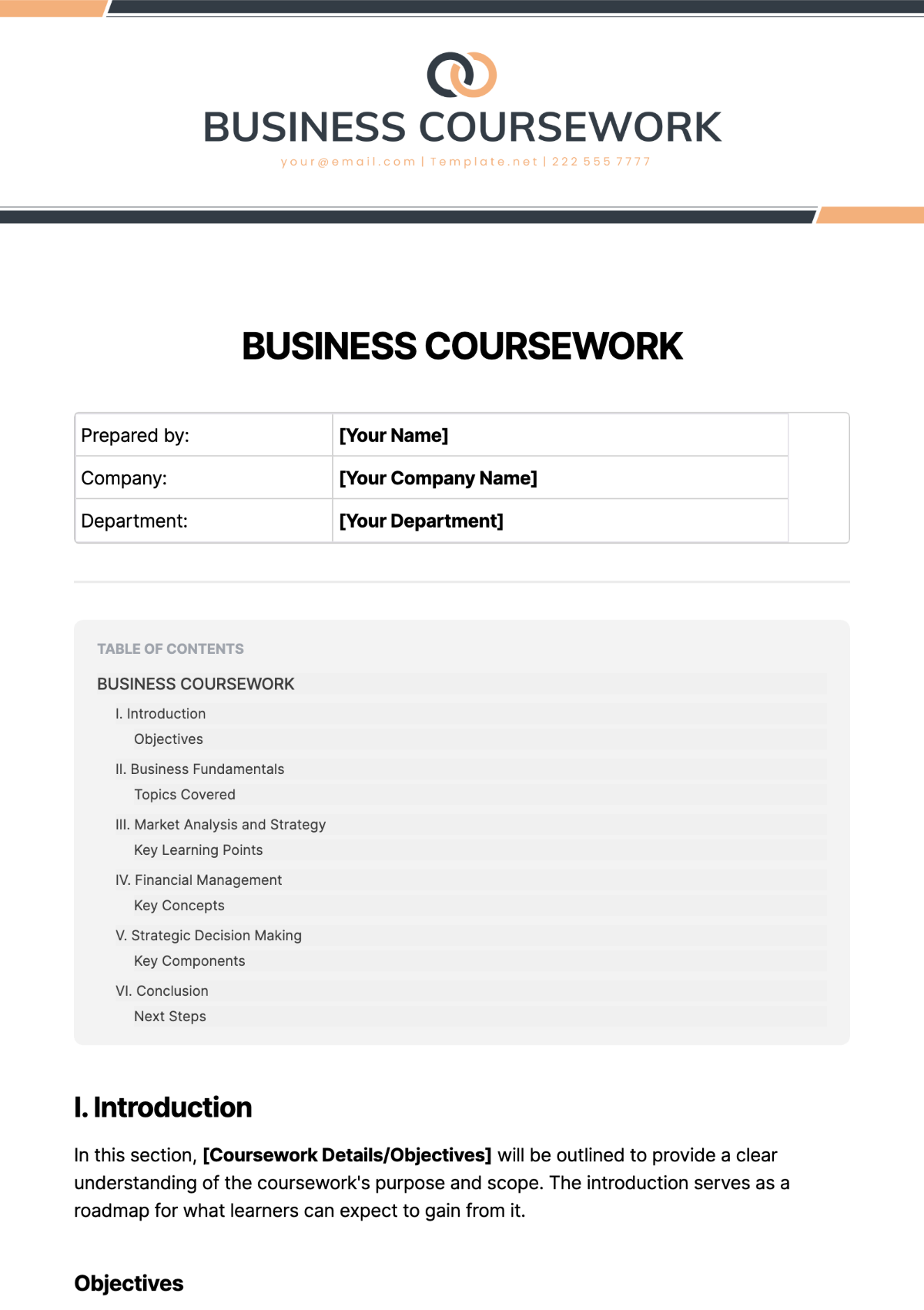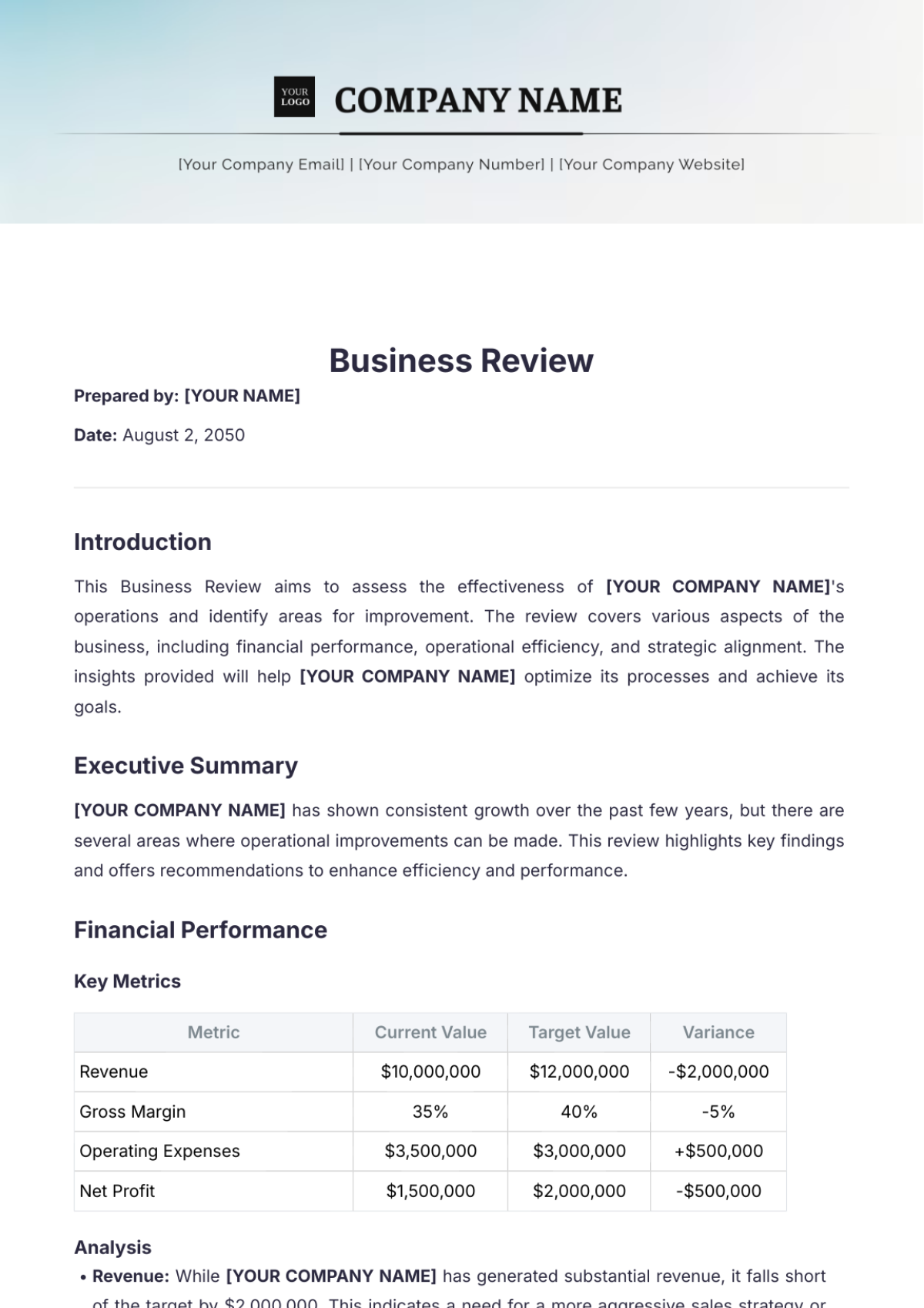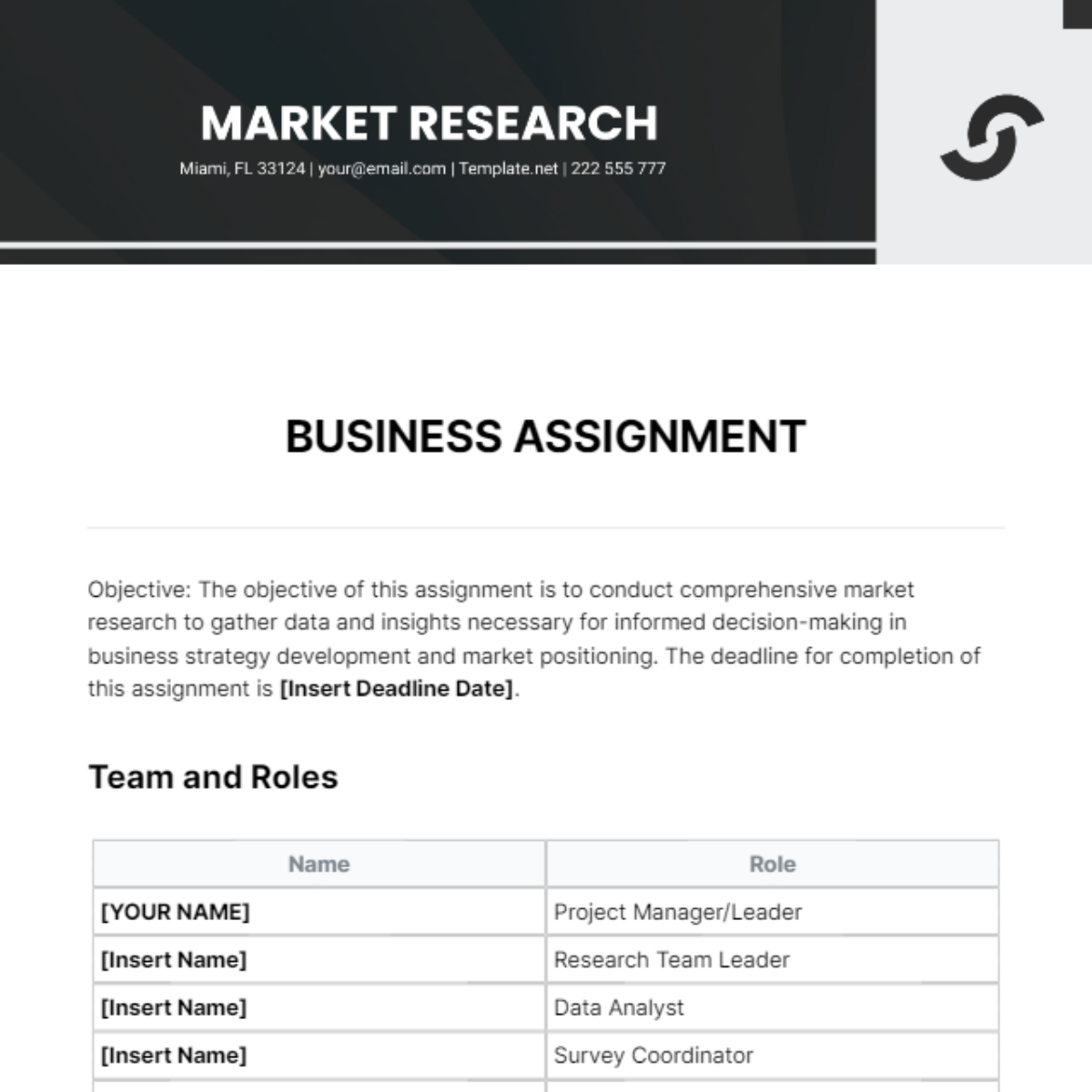Business Analyst Interview Case Study
I. Introduction:
Welcome to the Business Analyst Interview Case Study, designed to assess your analytical skills, problem-solving abilities, and aptitude for critical thinking within a business context. In this case study, you will tackle a simulated scenario involving the optimization of supply chain efficiency for [Your Company Name].
II. Background:
You have been hired as a business analyst for [Your Company Name], a multinational corporation specializing in the production and distribution of consumer electronics. [Your Company Name] operates a complex supply chain network, sourcing raw materials from various suppliers, manufacturing products in multiple facilities, and distributing finished goods to global markets.
III. Objective:
Your task as the business analyst is to identify opportunities to optimize the company's supply chain operations, streamline processes, and enhance efficiency to reduce costs and improve overall performance.
IV. Scenario:
Upon joining [Your Company Name], you conducted a comprehensive analysis of the company's supply chain operations and identified several key challenges:
Inventory Management: Excessive inventory levels at various stages of the supply chain result in increased carrying costs, warehouse space constraints, and the risk of obsolescence.
Supplier Performance: Inconsistent supplier performance and lead times impact production schedules and inventory replenishment, resulting in delays and disruptions in the supply chain.
Transportation Costs: High transportation costs due to suboptimal routing, inefficient mode selection, and lack of visibility into freight movements contribute to overall supply chain expenses.
Demand Forecasting: Inaccurate demand forecasting leads to stockouts or overstock situations, causing lost sales opportunities or excess inventory write-offs.
V. Tasks:
Inventory Optimization: Develop a strategy to optimize inventory levels throughout the supply chain, balancing the trade-off between carrying costs and stockout risks.
Supplier Performance Improvement: Identify key performance indicators (KPIs) to measure supplier performance and develop initiatives to improve reliability, reduce lead times, and enhance supplier collaboration.
Transportation Cost Reduction: Analyze transportation data to identify inefficiencies and propose solutions to reduce costs, improve route optimization, and enhance visibility into freight movements.
Demand Forecasting Enhancement: Implement statistical forecasting models and data analytics techniques to improve demand forecasting accuracy, incorporating factors such as seasonality, market trends, and promotional activities.
VI. Possible Results:
Proposed plans to improve [Your Company Name]'s supply chain operations could yield significant results, which could be influenced by implementation, market conditions, and external factors. The possible benefits are cost reduction, operational efficiency, customer satisfaction, a competitive edge, improved financial performance, and continuous improvement.
Each element from optimized inventory and supplier performance to forecast enhancement could lead to cost savings and operational efficiencies. These improvements could also increase customer satisfaction and industry competitiveness. Finally, these successful changes could boost financial performance and drive ongoing improvements for long-term success and growth at [Your Company Name].
VII. Instructions for Submission:
Please prepare a comprehensive written report addressing the tasks outlined in this case study. Your submission should include clear and concise explanations of your strategies, supported by relevant data analysis and insights. You will have [specified time] to complete and submit your report. Good luck!
VIII. Conclusion:
As the business analyst for [Your Company Name], you have the opportunity to drive significant improvements in supply chain efficiency, cost reduction, and overall performance. Your ability to analyze data, identify root causes, and propose actionable solutions to the challenges outlined in this case study will demonstrate your readiness to excel in the dynamic field of business analysis.
IX. Appendix
In the appendix, provide a condensed summary of the key data, analyses, and additional information that support the proposed strategies and potential outcomes for optimizing [Your Company Name]'s supply chain operations. This summary should highlight relevant findings from inventory management analyses, supplier performance evaluations, and any other pertinent data sources. The appendix serves as a reference for stakeholders to understand the rationale behind the proposed strategies and the evidence supporting their potential impact on [Your Company Name]'s supply chain efficiency and overall business performance.
A. Inventory Management Analysis:
Data analysis reveals excessive inventory levels at various supply chain stages, leading to increased carrying costs and warehouse space constraints.
Utilization of inventory optimization techniques, such as ABC analysis and economic order quantity (EOQ) models, identifies opportunities to reduce excess inventory while maintaining adequate stock levels to meet demand.
B. Supplier Performance Evaluation:
Evaluation of supplier performance metrics, including on-time delivery rates, lead times, and quality standards, highlights areas for improvement in supplier reliability and collaboration.
Implementing supplier scorecards and performance tracking systems enables [Your Company Name] to measure supplier performance against predefined benchmarks and establish accountability for meeting performance targets.
Prepared By:
[YOUR NAME]
[YOUR POSITION]
[YOUR COMPANY NAME]
Contact Information:
[Your Company Email]
[Your Company Number]
[Your Company Website]
[Your Company Address]

